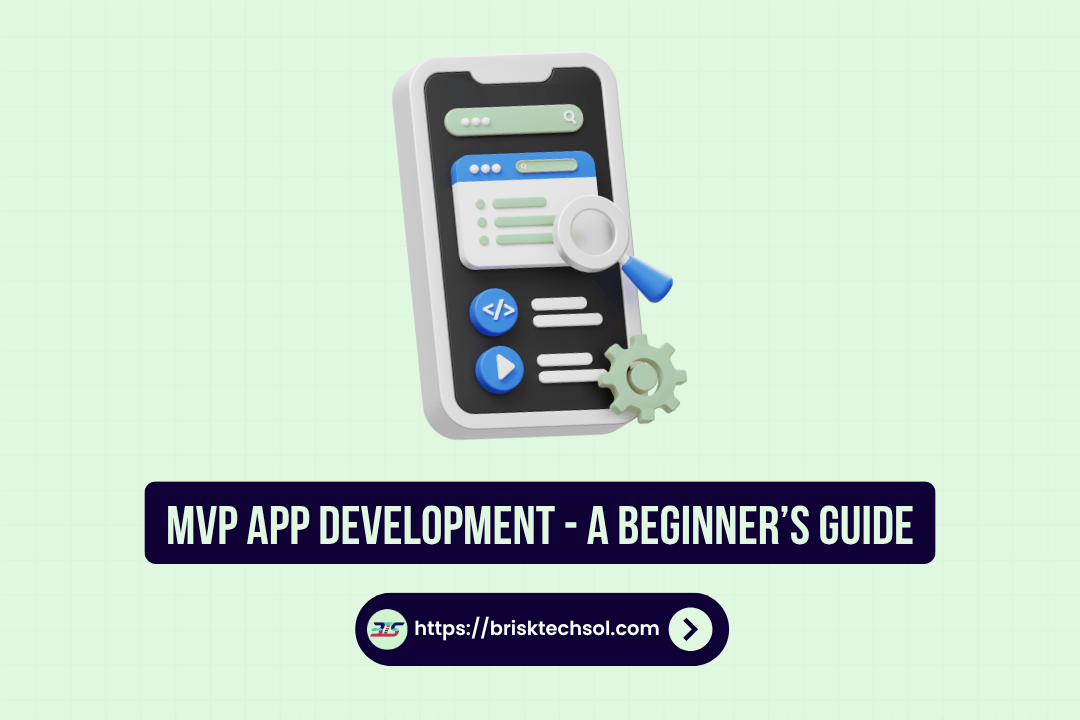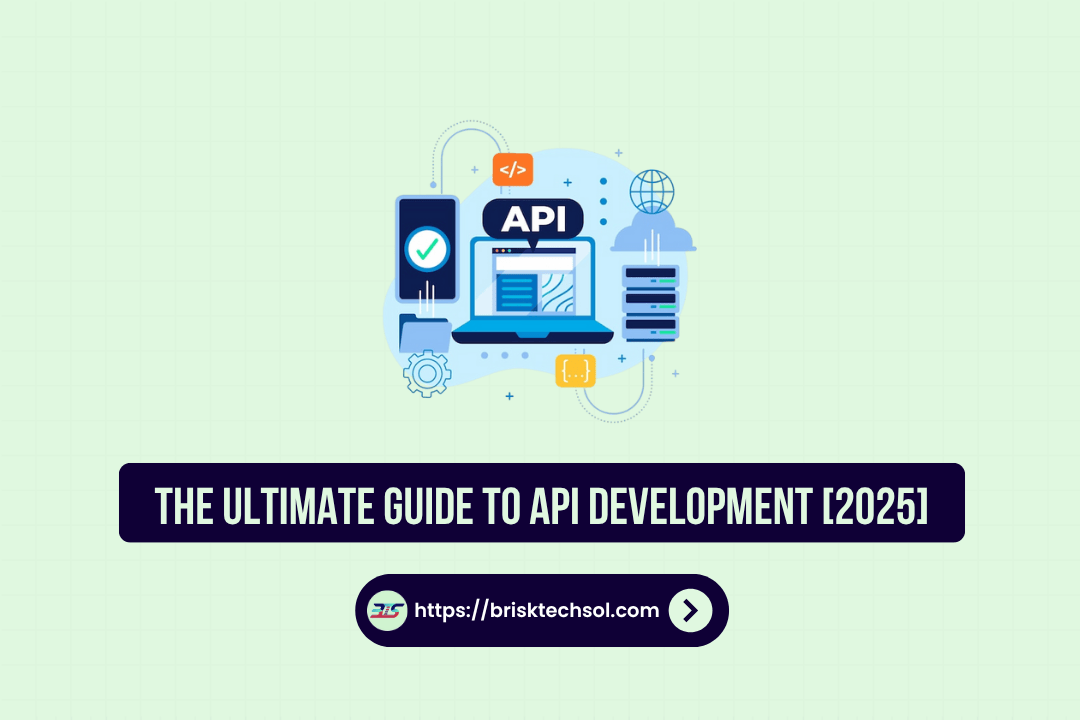Hiring a skilled software developer is a crucial investment for any tech-driven business. Understanding the full scope of the cost to hire a software developer from base salaries to hidden onboarding fees is key. In this guide, we break down these costs, examine influencing factors, compare in-house versus outsourced options, and provide actionable tips to optimize your hiring budget.
The Cost to Hire a Software Developer
Definition and Overview of Hiring Costs
The cost to hire software developer is not merely the advertised salary. It encompasses a range of expenses including base compensation, recruitment fees, onboarding costs, benefits packages, and even technology investments. For many organizations, the total expenditure goes well beyond the annual salary figure. Understanding these nuances is essential in establishing a realistic budget and setting financial expectations for your project or business expansion.
When planning your recruitment strategy, it is vital to consider both direct and indirect costs. Direct costs are clear monetary expenditures such as salaries and recruitment agency fees, while indirect costs include training, onboarding, and lost productivity during the transition period. A comprehensive approach ensures you account for every element that contributes to the overall investment in a developer.
A clear grasp of these factors helps businesses optimize their spending, ensuring that every dollar spent contributes to improved productivity and a competitive advantage in the fast-paced tech market.
Importance of Budgeting and ROI
Budgeting accurately for the cost to hire a software developer is critical for ensuring that your company invests wisely in its talent. Establishing a robust budget allows companies to compare potential candidates against the financial expectations of the role. By analyzing the return on investment (ROI), organizations can gauge whether the hiring expenses align with long-term revenue growth and technological advancements.
For example, an experienced developer might command a higher salary, but their impact on product quality and project speed can lead to significant financial returns. Furthermore, cost-efficient hiring practices can lower operational expenses without sacrificing quality. A well-planned budget also minimizes surprises in onboarding costs, benefits, and hidden expenditures, ensuring that companies maintain a healthy bottom line.
Investing in quality talent ultimately drives business success. Strategic budgeting not only enhances operational efficiency but also fosters sustainable growth in an increasingly competitive digital landscape.
Factors Influencing Developer Hiring Costs
Experience and Expertise Level
Experience is one of the most significant factors driving the cost to hire software developer. Junior developers might command lower salaries, but their limited experience could result in longer ramp-up times. Conversely, seasoned professionals with extensive expertise in modern programming languages, system architecture, and cutting-edge frameworks often come with a premium price tag.
Employers must consider that higher wages for experienced developers can lead to increased productivity and innovation. Specialized skills such as proficiency in AI, cybersecurity, or cloud computing further escalate the costs, as these competencies are in high demand. For many companies, the trade-off between lower upfront costs and long-term value is a strategic decision. Investing in high-caliber talent can lead to more efficient project execution and reduced long-term operational costs.
Understanding the correlation between expertise and cost helps organizations balance quality and budget. By evaluating candidate resumes, project portfolios, and technical interviews, businesses can determine the optimal level of experience required for their specific needs while keeping the overall hiring cost manageable.
Geographic Location and Market Variability
Geographic location plays a critical role in determining the cost to hire a software developer. Salaries vary widely between regions due to differences in living costs, demand for tech talent, and economic conditions. For instance, developers in metropolitan tech hubs in North America or Western Europe often command higher salaries compared to their counterparts in emerging tech markets such as Eastern Europe, Asia, or Latin America.
Regional salary data indicates that market variability is driven by supply and demand dynamics. In areas with a saturated tech industry, competitive salaries and additional benefits are necessary to attract and retain top talent. Conversely, in regions with a surplus of skilled developers, employers may find more cost-effective options without sacrificing quality.
This geographical disparity also affects additional costs such as recruitment agency fees and relocation expenses. Companies need to weigh the benefits of hiring local talent against those of remote or offshore teams, taking into account language barriers, time zones, and cultural differences. Analyzing these factors helps in making an informed decision that aligns with both the company’s budget and its operational requirements.
Contract Type: Full-Time, Part-Time, Contract, Freelance
The employment model significantly influences the cost to hire a software developer. Full-time employees often come with higher base salaries and a comprehensive benefits package. In contrast, part-time or freelance developers may offer more flexibility and lower upfront costs, although their availability and commitment might vary.
Contractual hiring, including temporary or project-based contracts, offers the advantage of scalability without long-term financial obligations. However, this model might incur higher hourly rates and could affect team cohesion. Each hiring option has its inherent trade-offs. For instance, full-time hires provide stability and integrated team dynamics, while freelance or contract workers offer agility and cost savings for short-term projects.
Organizations must carefully assess their project timelines, budget constraints, and quality requirements when choosing a hiring model. A cost-benefit analysis comparing each model’s advantages and potential risks will reveal the most efficient approach. Balancing flexibility, cost, and quality is crucial for ensuring that the chosen model aligns with the company’s strategic goals and project demands.
Additional Costs: Benefits, Onboarding, Tools
Beyond salaries and recruitment fees, several additional factors contribute to the overall cost to hire a software developer. Benefits packages, including health insurance, retirement plans, and paid leave, add substantial value but also increase expenses. Onboarding costs, such as training programs and initial productivity loss during the adjustment period, further contribute to the total expenditure.
Investments in tools and technology—ranging from software licenses to development hardware—are also significant. These hidden costs are sometimes underestimated during budgeting, yet they are vital for ensuring that a new hire can perform optimally from day one. The integration of collaboration tools, project management software, and cybersecurity measures adds to the initial outlay but yields long-term productivity gains.
By itemizing these additional costs, businesses gain a clearer picture of the full financial commitment. A detailed breakdown helps in setting realistic budgets and justifying expenditures, ultimately ensuring that hiring decisions are both cost-effective and strategically sound.
Comparing In-house vs. Outsourcing Software Development Costs
Advantages and Disadvantages of In-house Hiring
Hiring in-house developers offers several clear advantages when considering the cost to hire software developer. One major benefit is enhanced control over quality and workflow. In-house teams are more likely to integrate seamlessly with a company’s culture, ensuring consistent communication and collaborative problem-solving. They often benefit from ongoing professional development opportunities, which can lead to long-term innovation and improved project outcomes.
However, the higher cost of in-house hiring includes not only competitive salaries but also comprehensive benefits packages and higher overhead costs. Recruiting top talent in high-demand regions further drives up expenses. Additionally, maintaining an in-house team requires continuous investment in training, office space, and technology upgrades, making it a more substantial long-term financial commitment.
Despite these higher costs, many organizations prefer in-house hiring due to the reliability, accountability, and consistent performance it offers. In-house teams foster deeper engagement with company projects, leading to greater loyalty and an understanding of long-term business goals. For companies with ongoing development needs, the benefits of control, alignment, and stability can justify the higher initial investment compared to alternative models.
Outsourcing/Remote Hiring Options: Pros and Cons
Outsourcing software development, whether through remote teams or specialized agencies, is another viable option for managing the cost to hire software developer. One of the main advantages is cost efficiency. Outsourced developers, particularly from regions with lower living costs, often provide quality work at a fraction of the cost required for in-house hires. This model offers significant flexibility, allowing companies to scale their teams quickly based on project demands.
Yet, outsourcing is not without challenges. Communication issues, time zone differences, and potential cultural mismatches can impact project execution. Quality control may also be more complex, as remote teams might not integrate as seamlessly into the company’s workflow. Despite these challenges, many businesses find that the lower upfront costs, combined with the flexibility to hire on a project basis, make outsourcing an attractive solution especially for startups and short-term projects.
Ultimately, the decision to outsource or hire in-house depends on the company’s long-term goals, budget constraints, and project scope. For organizations seeking agility and cost savings, outsourcing may provide the necessary flexibility. However, for those requiring dedicated support and long-term strategic alignment, the stability and integration of an in-house team might justify the higher cost.
Tips to Optimize Your Software Developer Hiring Costs
Strategies for Cost Reduction
Reducing the cost to hire software developer can be achieved through several proactive strategies. Start by leveraging data-driven recruitment platforms that allow you to compare salary benchmarks and market trends. Negotiating competitive but realistic salary offers can also lead to substantial savings. Additionally, consider hiring developers on a contractual or freelance basis for short-term projects to avoid long-term overhead. Utilizing remote talent from regions with lower living costs is another effective approach to trimming recruitment expenses without compromising quality.
Negotiation and Contract Management
Effective negotiation is key to managing the overall cost. When negotiating contracts, consider performance-based incentives that align the developer’s success with the company’s goals. Clear contractual terms and flexible payment structures—such as milestone-based payments—can help maintain budget discipline. Additionally, it is essential to establish a clear scope of work and defined deliverables to prevent scope creep, which can lead to unexpected expenses. Employing experienced HR professionals or legal advisors during contract formulation can safeguard your interests while ensuring both parties agree on fair compensation.
Use Modern Recruitment Tools and Platforms
In today’s digital era, utilizing advanced recruitment tools can significantly optimize your hiring costs. Platforms that harness AI-driven analytics not only help in sourcing qualified candidates but also provide insights into market salary trends and performance benchmarks. These tools enable employers to refine job descriptions using targeted LSI keywords such as “developer recruitment expenses” and “tech talent acquisition,” thereby attracting the right candidates. Social media recruitment, professional networking sites, and specialized tech job boards further extend your reach while minimizing advertising expenses. In addition, integrating applicant tracking systems (ATS) streamlines the recruitment process, reducing time-to-hire and lowering administrative costs. By embracing modern recruitment technologies, companies can create a cost-efficient, scalable hiring strategy that aligns with both budget constraints and quality expectations.
Key Takeaways
Holistic Cost Breakdown:
The true cost to hire a software developer goes beyond the base salary. It includes recruitment fees, onboarding expenses, benefits, training, and technology investments.
Influencing Factors:
Costs vary significantly based on the developer’s experience, geographic location, and employment type (full-time, part-time, contract, or freelance).
In-house vs. Outsourcing:
In-house hiring offers better quality control and integration but tends to be more expensive. Outsourcing can lower initial expenses, though it may introduce challenges like communication barriers and reduced oversight.
Optimization Strategies:
Effective cost management involves using data-driven recruitment platforms, negotiating realistic offers, and employing flexible hiring models. Using modern recruitment tools can help reduce administrative and time-to-hire costs.
Budgeting and ROI Considerations:
Proper budgeting, including a clear analysis of potential ROI, is critical to ensure that every hiring expense contributes to long-term business success.
FAQ’S
1. What is the average cost to hire a software developer?
The average cost to hire a software developer varies depending on region, experience, and hiring model. In many markets, base salaries range from $70K to $150K or more annually, with additional recruitment fees and benefits potentially adding 15%–25% to the overall expense. While in high-demand regions the cost may be higher, outsourcing to emerging markets can significantly reduce expenses. Understanding these factors helps businesses set realistic budgets and expectations.
2. How do location and experience impact developer hiring costs?
Location greatly influences the cost to hire a software developer because salaries vary by region due to differing living costs and market demand. Experienced developers command premium wages, especially in competitive markets like North America and Western Europe. Conversely, developers in regions with lower demand may offer similar skills at reduced rates. Therefore, companies must balance geographic considerations and expertise level when budgeting for talent.
3. Is outsourcing software development more cost-effective than in-house hiring?
Outsourcing can be more cost-effective due to lower labor costs in certain regions and the flexibility of project-based contracts. However, outsourcing comes with challenges such as potential communication barriers and less direct control over work quality. In-house hiring, though more expensive, often provides better integration, accountability, and long-term stability. Ultimately, the choice depends on the company’s project scope, budget, and strategic priorities.
4. What hidden costs should be considered when hiring a software developer?
Beyond the base salary, hidden costs in hiring include recruitment fees, onboarding expenses, training costs, and investments in technology and tools. Benefits packages such as health insurance, retirement plans, and paid time off further add to the total expense. Companies should also factor in potential productivity losses during the transition period and any additional costs related to team integration and management.
5. How can I optimize my budget when hiring a software developer?
Optimizing your hiring budget involves a mix of strategic planning and leveraging modern recruitment technologies. Start by using data-driven platforms to benchmark salaries and negotiate realistic offers. Consider flexible hiring models, such as contract or freelance arrangements for short-term projects. Additionally, invest in recruitment tools that streamline the process and reduce time-to-hire. These strategies, along with careful contract management, help ensure that every dollar spent contributes to long-term business value.








